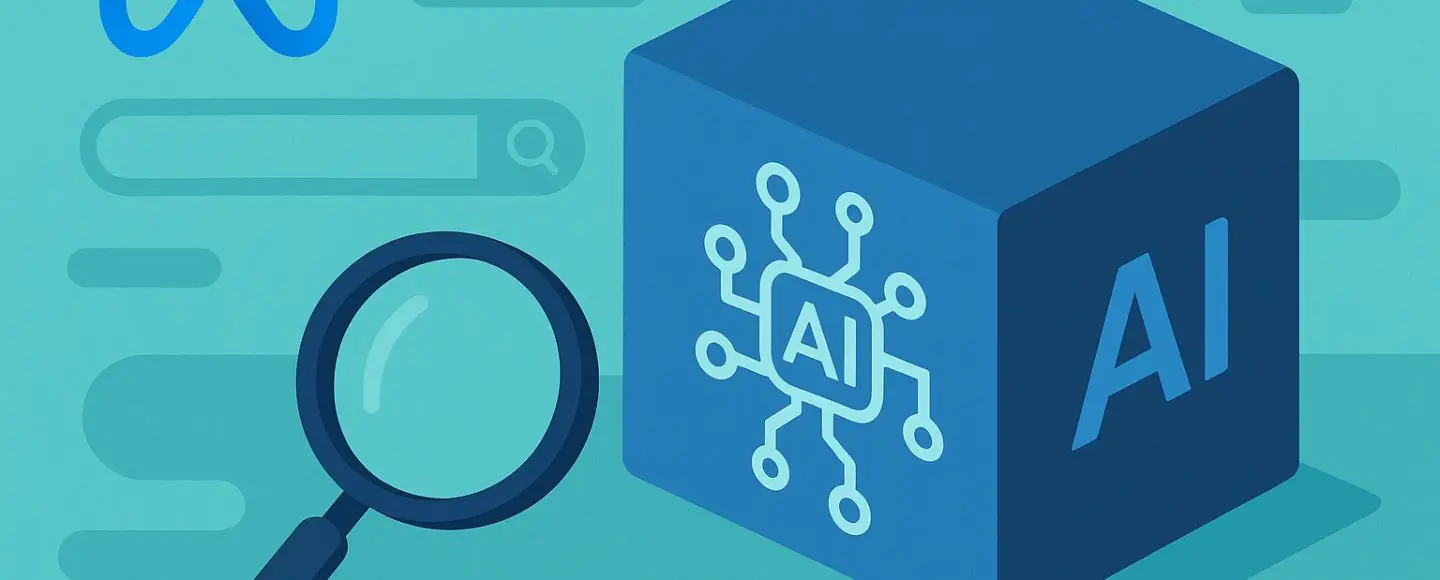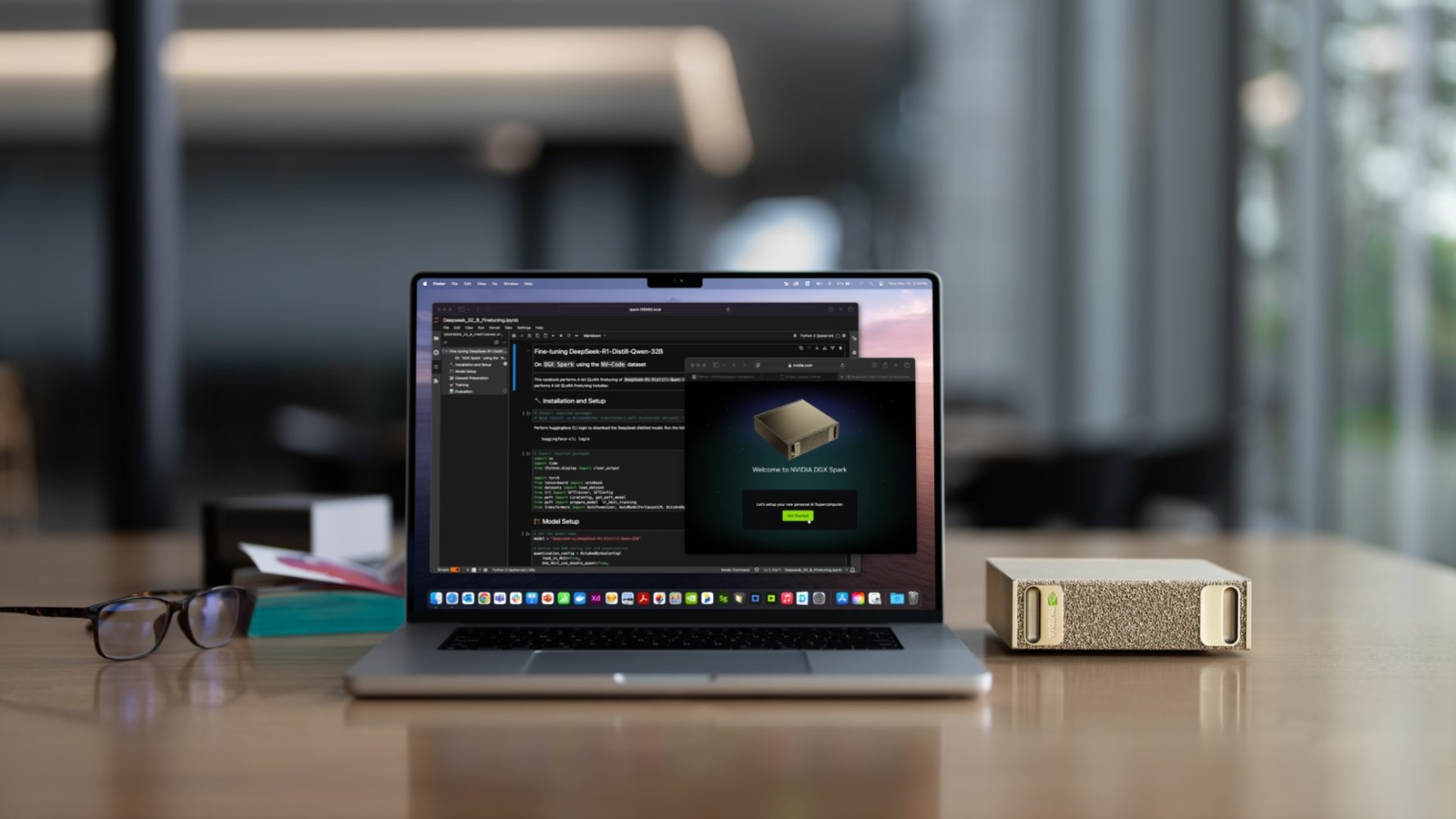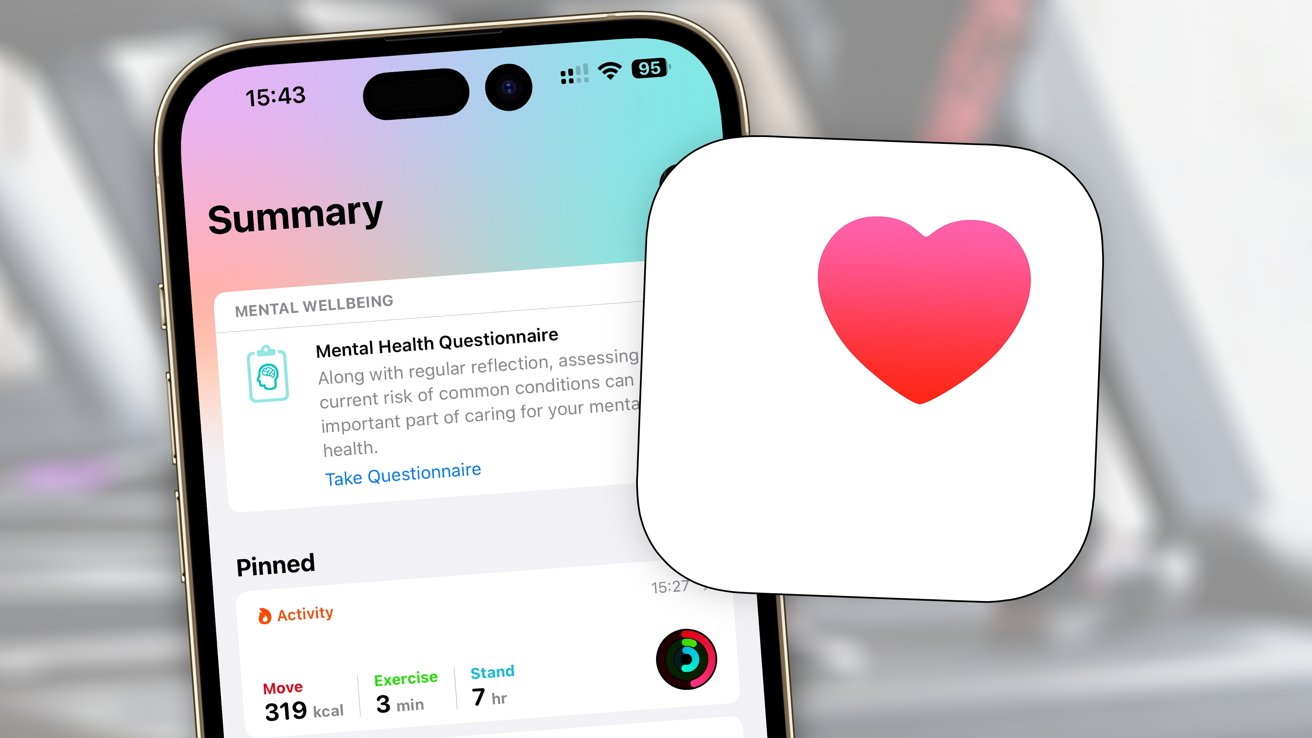What is Web Browser Forensics?
Imagine you’re investigating a cybercrime, and the only lead you have is a suspect’s laptop. No obvious traces, no incriminating files, just a browser with an innocent-looking homepage. But beneath the surface lies a wealth of digital breadcrumbs: visited websites, search queries, cached pages, and even autofill data. This is where web browser forensics comes in. With over 5.35 billion internet users worldwide (Statista, 2024), web browsers have become the primary interface between humans and the digital world. Whether it’s banking transactions, confidential communications, or casual browsing, every action leaves behind forensic artifacts. Cybercriminals, too, rely on browsers, whether for phishing campaigns, data exfiltration, or illicit transactions. According to a 2023 Verizon Data Breach Report, 74% of security breaches involve human interaction with a browser, making browser forensics a critical skill for cybersecurity professionals. What is Web Browser Forensics? Web browser forensics is the practice of extracting, analyzing, and interpreting data stored by web browsers to reconstruct user activity. This includes identifying browsing history, cached files, downloads, cookies, and session logs. Investigators use this data to determine user intent, track suspicious behavior, and even recover deleted evidence. Most modern browsers- Google Chrome, Mozilla Firefox, Microsoft Edge, Safari, and Brave—store user data in structured databases, often in SQLite format. These records become invaluable during forensic investigations, helping experts reconstruct digital timelines and uncover hidden activities. Key Artifacts in Web Browser Forensics To truly grasp web browser forensics, let’s break down the most crucial artifacts investigators analyze: 1. Browsing History: Stores URLs, page titles, timestamps, and visit frequency. Even if users delete their browsing history, leftover data can still be found in SQLite journal or Write-Ahead Log (WAL) files. Recovering this data depends on the deletion method used and whether the browser has completely cleared or cleaned up its database. 2. Cache Files: Browsers save copies of visited web pages, images, and scripts for faster loading. These files can reveal content from deleted websites or provide clues about a user’s activity. 3. Cookies: Small text files that track user behavior, login sessions, and preferences. Cybercriminals often exploit cookies for session hijacking, making them a valuable forensic artifact. 4. Download Records: Logs details of files downloaded, including names, URLs, timestamps, and storage locations. Investigators use this to track illegal downloads or sensitive data exfiltration. 5. Search Queries: Many browsers store search history, which can reveal intent, interests, and even suspicious behavior. 6. Autofill Data and Saved Passwords: Contains user-entered information, such as names, emails, addresses, and login credentials—often a goldmine for investigators. The Importance of Web Browser Forensics Cybersecurity professionals and Forensic Analysts rely on browser forensics for multiple reasons: ● Tracking Malicious Activities: Attackers often use browsers for phishing, credential stuffing, and data exfiltration. Browser forensics helps in detecting and mitigating such threats. ● Recovering Deleted Data: Even if browsing history is cleared, artifacts like cache, DNS logs, and session cookies can help reconstruct past activities. ● Incident Response and Threat Analysis: DFIR experts use browser forensics to identify initial attack vectors and trace malware infections. ● Legal and Corporate Investigations: Insider threats, data leaks, and employee misconduct can be uncovered through browser history analysis. Challenges in Web Browser Forensics While browser forensics is powerful, it comes with challenges: ● Private Browsing Modes: Incognito or private modes don’t store history, making analysis difficult. However, network logs and DNS records can still reveal activity. ● Data Encryption: Some browsers encrypt stored data, requiring forensic tools and decryption techniques to access them. ● Cloud-Based Syncing: Syncing makes it harder to link activity to one device. However, browser data can still be accessed through accounts like Google Takeout or iCloud with legal permission. ● Manual Data Deletion: Users can clear cookies, history, and cache, but forensic techniques can sometimes retrieve fragments of deleted data. Web Browser Forensics Tools Professionals use specialized tools to extract and analyze browser artifacts. Some of the most widely used include: ● Browser History Examiner: Parses and presents browser history from various web browsers. ● Chrome Forensics Tool: Extracts artifacts specifically from Google Chrome databases. ● SQLite Forensics Browser: Helps analyze SQLite-based browser databases. ● Autopsy: A powerful digital forensics platform that includes bro

Imagine you’re investigating a cybercrime, and the only lead you have is a suspect’s laptop. No obvious traces, no incriminating files, just a browser with an innocent-looking homepage. But beneath the surface lies a wealth of digital breadcrumbs: visited websites, search queries, cached pages, and even autofill data. This is where web browser forensics comes in.
With over 5.35 billion internet users worldwide (Statista, 2024), web browsers have become the primary interface between humans and the digital world. Whether it’s banking transactions, confidential communications, or casual browsing, every action leaves behind forensic artifacts. Cybercriminals, too, rely on browsers, whether for phishing campaigns, data exfiltration, or illicit transactions. According to a 2023 Verizon Data Breach Report, 74% of security breaches involve human interaction with a browser, making browser forensics a critical skill for cybersecurity professionals.
What is Web Browser Forensics?
Web browser forensics is the practice of extracting, analyzing, and interpreting data stored by web browsers to reconstruct user activity. This includes identifying browsing history, cached files, downloads, cookies, and session logs. Investigators use this data to determine user intent, track suspicious behavior, and even recover deleted evidence.
Most modern browsers- Google Chrome, Mozilla Firefox, Microsoft Edge, Safari, and Brave—store user data in structured databases, often in SQLite format. These records become invaluable during forensic investigations, helping experts reconstruct digital timelines and uncover hidden activities.
Key Artifacts in Web Browser Forensics
To truly grasp web browser forensics, let’s break down the most crucial artifacts investigators analyze:
1. Browsing History: Stores URLs, page titles, timestamps, and visit frequency. Even if users delete their browsing history, leftover data can still be found in SQLite journal or Write-Ahead Log (WAL) files. Recovering this data depends on the deletion method used and whether the browser has completely cleared or cleaned up its database.
2. Cache Files: Browsers save copies of visited web pages, images, and scripts for faster loading. These files can reveal content from deleted websites or provide clues about a user’s activity.
3. Cookies: Small text files that track user behavior, login sessions, and preferences. Cybercriminals often exploit cookies for session hijacking, making them a valuable forensic artifact.
4. Download Records: Logs details of files downloaded, including names, URLs, timestamps, and storage locations. Investigators use this to track illegal downloads or sensitive data exfiltration.
5. Search Queries: Many browsers store search history, which can reveal intent, interests, and even suspicious behavior.
6. Autofill Data and Saved Passwords: Contains user-entered information, such as names, emails, addresses, and login credentials—often a goldmine for investigators.
The Importance of Web Browser Forensics
Cybersecurity professionals and Forensic Analysts rely on browser forensics for multiple reasons:
● Tracking Malicious Activities: Attackers often use browsers for phishing, credential stuffing, and data exfiltration. Browser forensics helps in detecting and mitigating such threats.
● Recovering Deleted Data: Even if browsing history is cleared, artifacts like cache, DNS logs, and session cookies can help reconstruct past activities.
● Incident Response and Threat Analysis: DFIR experts use browser forensics to identify initial attack vectors and trace malware infections.
● Legal and Corporate Investigations: Insider threats, data leaks, and employee misconduct can be uncovered through browser history analysis.
Challenges in Web Browser Forensics
While browser forensics is powerful, it comes with challenges:
● Private Browsing Modes: Incognito or private modes don’t store history, making analysis difficult. However, network logs and DNS records can still reveal activity.
● Data Encryption: Some browsers encrypt stored data, requiring forensic tools and decryption techniques to access them.
● Cloud-Based Syncing: Syncing makes it harder to link activity to one device. However, browser data can still be accessed through accounts like Google Takeout or iCloud with legal permission.
● Manual Data Deletion: Users can clear cookies, history, and cache, but forensic techniques can sometimes retrieve fragments of deleted data.
Web Browser Forensics Tools
Professionals use specialized tools to extract and analyze browser artifacts. Some of the most widely used include:
● Browser History Examiner: Parses and presents browser history from various web browsers.
● Chrome Forensics Tool: Extracts artifacts specifically from Google Chrome databases.
● SQLite Forensics Browser: Helps analyze SQLite-based browser databases.
● Autopsy: A powerful digital forensics platform that includes browser artifact analysis.
DFIR Training with InfosecTrain
Web browser forensics is a critical pillar of digital investigations, offering deep insights into user activities, security breaches, and cybercrimes. As cyber threats evolve, the ability to extract and analyze browser artifacts has become a must-have skill for cybersecurity professionals, DFIR Analysts, and Digital Forensics Specialists.
Whether you're tracking down insider threats, investigating phishing attacks, or uncovering digital footprints left by cybercriminals, mastering browser forensic techniques is essential. InfosecTrain’s DFIR Training equips you with hands-on expertise to analyze browser artifacts, detect cyber threats, and respond to incidents with confidence.
Take the next step in your DFIR journey—learn from the best and level up your forensic skills today!














































































































































































![[The AI Show Episode 150]: AI Answers: AI Roadmaps, Which Tools to Use, Making the Case for AI, Training, and Building GPTs](https://www.marketingaiinstitute.com/hubfs/ep%20150%20cover.png)
![[The AI Show Episode 149]: Google I/O, Claude 4, White Collar Jobs Automated in 5 Years, Jony Ive Joins OpenAI, and AI’s Impact on the Environment](https://www.marketingaiinstitute.com/hubfs/ep%20149%20cover.png)































































































































![[PHP] Upgrading from PHP 7.4 to 8.1](https://media2.dev.to/dynamic/image/width%3D1000,height%3D500,fit%3Dcover,gravity%3Dauto,format%3Dauto/https:%2F%2Fdev-to-uploads.s3.amazonaws.com%2Fuploads%2Farticles%2Fqmaaabplfbcjejg2rr5n.png)






































































































































_ArtemisDiana_Alamy.jpg?width=1280&auto=webp&quality=80&disable=upscale#)



























































































![In the market for a new router? Here are 13 models to avoid, according to the FBI [U]](https://i0.wp.com/9to5mac.com/wp-content/uploads/sites/6/2025/04/Most-Americans-are-paying-more-for-broadband-%E2%80%93-here-are-four-solutions.jpg?resize=1200%2C628&quality=82&strip=all&ssl=1)




![Galaxy S25 Ultra gets ‘Arc’ case that leaves the phone mostly exposed – available for Pixel 9 too [Gallery]](https://i0.wp.com/9to5google.com/wp-content/uploads/sites/4/2025/05/arc-pulse-case-galaxy-s25-ultra-1.jpg?resize=1200%2C628&quality=82&strip=all&ssl=1)
















![Apple 15-inch M4 MacBook Air On Sale for $1023.86 [Lowest Price Ever]](https://www.iclarified.com/images/news/97468/97468/97468-640.jpg)




































































